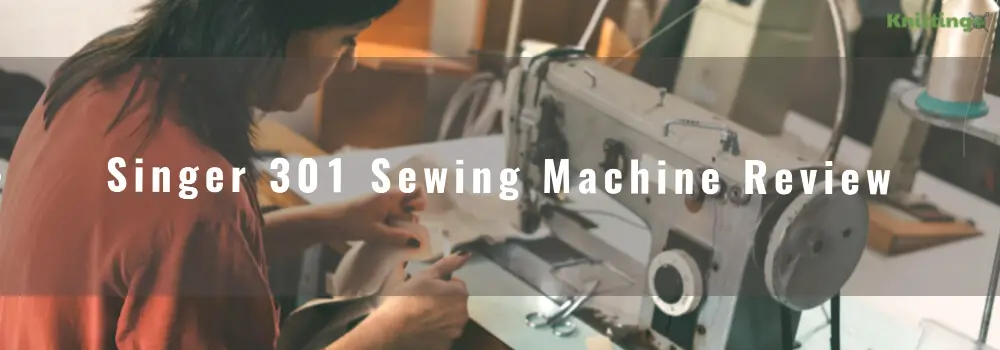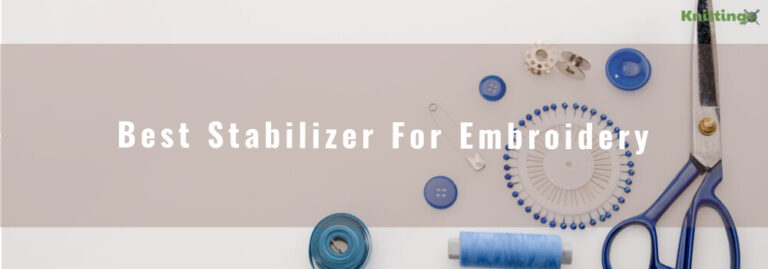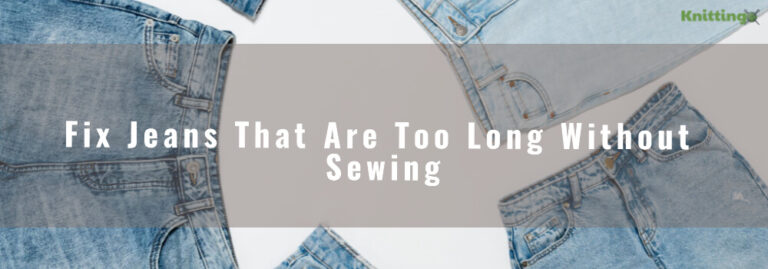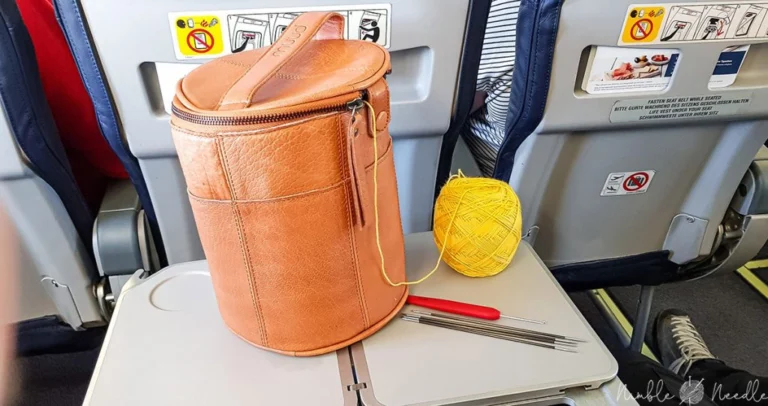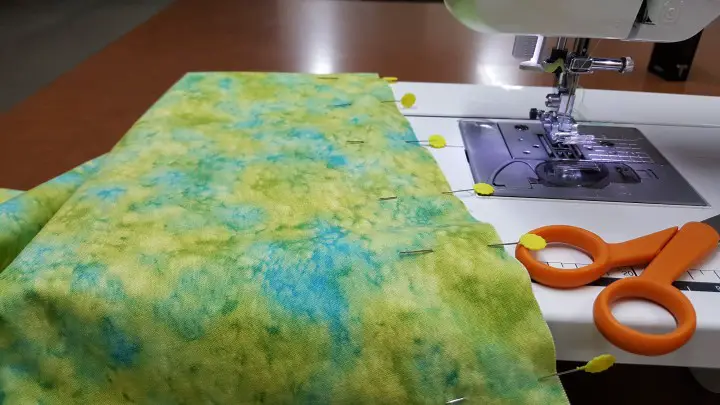After World War II, 1939-1945, there was a desperate need for change in family sewing machines, educators, and high school home economic classes. Different companies were working hard to come up with better models. At the same time singer was also engineering a new sewing machine, i.e., 301 models to be introduced at its 100th anniversary. No one knew it would revolutionize the future of sewing machines with its dramatic departure in technology to come up with more convenient home sewing machines. A machine that differs from previous models produced in the past 100 years.
On 17 November 1951, the company marked its 100th anniversary while celebrating its milestone over the years. During that time “Anniversary model” was introduced, i.e., the new slant-needle singer model 301. The original singer sewing machine and the new model 301 were on display at the historical collection exhibition of old and new singer sewing models in New York from 16 to 30 September. It was a game-changer in the textile industry that marked the introduction of better electric models years after.
Sounds amazing!
Here we will review the singer 301 sewing machine to allow you to make an informed decision!
Continue reading!
Singer 301 Sewing Machine Features
The Singer Company has stood over the years as one of the most popular and top brands globally. It has sold more machines than all other top sewing machine companies combined! They are known for their quality, advanced and long-lasting equipment. The singer offered the 301 in two versions. The short-bed version has a shorter flip-up table similar to the common dimensions of the 500,401, and 201. While the other is the long bed version with a longer flip-up table, the same as a smaller featherweight in length. However, they share common features as highlighted below:
1. Portability-The singer 301 model is a very portable sewing machine, weighing about sixteen pounds. Sewers often referred to it as featherweight big sister because it’s a little bigger. The model comes with its carrying case for easy storage and transportation.
2. Power –When it comes to power, the 301 model has gear-driven chops that handle heavy materials, although it’s gentle enough for fine quilting and dressmaking. It’s a home sewing machine with a 72 amps’ motor, meaning it’s not suitable for daily heavy-duty sewing. But it accomplishes its tasks beautifully on an occasional basis.
3. Smoother stitches – The singer 301 is a gear-driven and lockstitch machine that offer smooth stitches compared to other previous models.
4. The model uses a slant shank system, which means the needle bar comes down at an angle closer to the machine’s front side rather than being perfectly vertical. Slant shank sewing machines have their unique attachments and feet, meaning you can’t share your high-shark or low-shark feet from the other machines.
5. Speed– The singer 301 model has a speed of 1,600 stitches per minute (SPM). Nonetheless, the machine is quiet, efficient, and fast; it seems like a whisper at its high speed.
6. The model offers a full view of your working area with a 9 degree inclined needle bar surfaces working in a direct line of version.
7. 301 singer model has great control, especially at hand stitch speeds
8. The vibration of the machines is stopped with its balanced motion.
9. It’s easy to use and start; press the foot or knee control lightly to start your machine.
10. Threading the machine is very simple since there are no complicated diagrams required.
11. Reversible feed- 301 singer model can sew either backward or forward direction. Thus, making it easy to fasten and back tacks ends of seems.
12. Prefocused singer lights prevent eye strains as it illuminates your working surface area.
13. Calibrated stitch regulator enables the finger-tip control of your stitch length.
14. Self –settings needle ensures it impossible to insert the needle incorrectly in the clamp.
15. The model has to stitch guides with graduated markings to direct seam width while turning the square corners.
16. The feed throw-out device enables darning and embroidering without attachments.
17. The model has a recessed bobbin winder that is equipped with an automatic stop. So it doesn’t break or tangle with your thread.
18. Flexible spool pins that usually bend though it doesn’t break, so thread unreels smoothly and easily.
19. Enclosed motor and principal completely, thus offering maximum safety
20. Hinged-bed extension that allows quick and easy bobbin removal
21. Hinged faceplate simplifies the cleaning and oiling process.
22. Dual tension ensures the guesswork at the upper tension setting is taken out
New Things That Came With Singer Model 301, “The New Slant-Needle.”
1. It’s the first slant- needle sewing machine that enables you to see the fabric as you sew.
2. First and only electric singer sewing model that is portable and a cabinet all in one. The full-fledged and full-sized cabinet model is used as a portable by raising the handle, lifting the model out of the cabinet, and carrying it anywhere.
3. It is the first family sewing machine to sew up to 1,600 stitches per minute.
4. It’s the first sewing model that had flexible spoon pins that won’t break or snap.
5. Singer 301 model was the first one with modern- streamlined designs, a completely new electric family sewing machine.
6. It is the first machine with almost all the moving parts concealed. Its bobbin winder is pushed down and concealed inside the machine. The machine light is inside the arm of the machine.
7. The first machine with tripod-control dimension comprises die-cast aluminum giving precision, sturdiness, and lightweight, weighing 16 pounds.
8. Revolutionized the sewing models of tomorrow with a design to create home sewing conveniently and easier.
Reasons For The Widespread And Popularization Of Type 301 Stitch
1. The stitch is similar on both sides and is reversible
2. It’s the tightest stitch formation that reduces seam grinning.
3. Stitches have higher strength, secure and extensibility of 30 percent.
4. It uses the least amount of thread in its formation
5. It has a great “hand” that feels smoother to touch.
6. The lockstitch model is very versatile and might be used on a variety of operations.
7. Its stitches are more secure than the chain stitch.
Advantages Of 301 Singer Model
1. The machine is very affordable, and it comes with nice cabinets.
2. Short of abuse, since they are gear-driven and lack belts. Meaning the possibility of something going wrong is very low.
3. You can take machine parts completely apart and put them back together perfectly. For some of these newer models, you will not even want to take the cover out.
4. The model makes the perfect stitch. Its tension and stitch length are equally perfect.
5. It’s easy to store and transport the machines since many of them come in cabinets. They also have a handy carrying case with a sturdy and nice handle.
6. Very portable and weighs about 16 pounds
7. The machine feeds dogs that can drop on for free motion quilting or darning.
Disadvantages Of Singer 301 Model
1. Doesn’t have the knee lift
2. You need to practice and pay attention to learn how to stop the foot pedal from making the needle stop up always easily.
What Is The Difference Between The Singer Model 301 And 301A?
Both sewing machines are identical to one another and made between 1951 t0 1957. In the year 1952, the production of 301A models at Anderson factory in South Carolina started. Then it shipped later to the singer sawing center before their grand introduction in October 1952. In 1953 the company added the suffix “A” to all model number 301A to show it in Anderson, South Carolina. The suffix “A” was just a differentiating factor of the place made in, but both models are similar.
How Much Did A Singer Featherweight Cost In 1950?
Back in the 1930s to 1950s, featherweight price was originally between $125 and $ 150. That is equivalent to more than $2000 today considering the inflation over the years.
Are Old Singers Sewing Models Better Than The New Ones?
Apart from the few upgrades here and there, we can say yes! Older models are much better, although it might be hard to get their spare parts. When it comes to their usage, anyone can learn and use it with much ease. You can also purchase them at an affordable compared with new ones. But even so, the newer models come with awesome features that any sewer in the world would like to try. That’s the main reason why manufacturers introduce different models in the market every day with some unique features to catch sewers’ attention.
How Often Should One Get Their Sewing Machine Service?
As a general sewing machine rule, you need to services it after every 12 to 18 months for a normal machine. However, you should consider service if there are some changes in your machine or if it becomes stiff or squeaks when working.
Which Year Was The Singer 301A Made?
As per the singer’s information, the sewing model Blue Book and ISMACS (international sewing machine collector society) the singer 301A was first manufactured in 1952.
How Much Does A Singer 301 Machine Weigh?
The aluminum-bodied full-sized machine weighs 16 lbs. The model has an in-built handle, and it’s the most rugged portable built machine around.
Conclusion
With the introduction of the singer 301 models in 1951, sewing machine manufacturers have never looked back as they continue to up their game in the industry. There is no doubt that Singer company is the most popular and advanced brand even to date. The older models are durable, easy to use, and efficient. On the other hand, the newer models have many features which may present a stiff learning curve and are sometimes made with low-quality materials. But, in the end, it all comes down to the intended purpose of your machine. Buy a machine that will accomplish your tasks perfectly.

